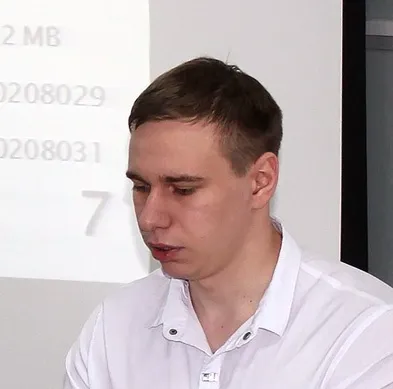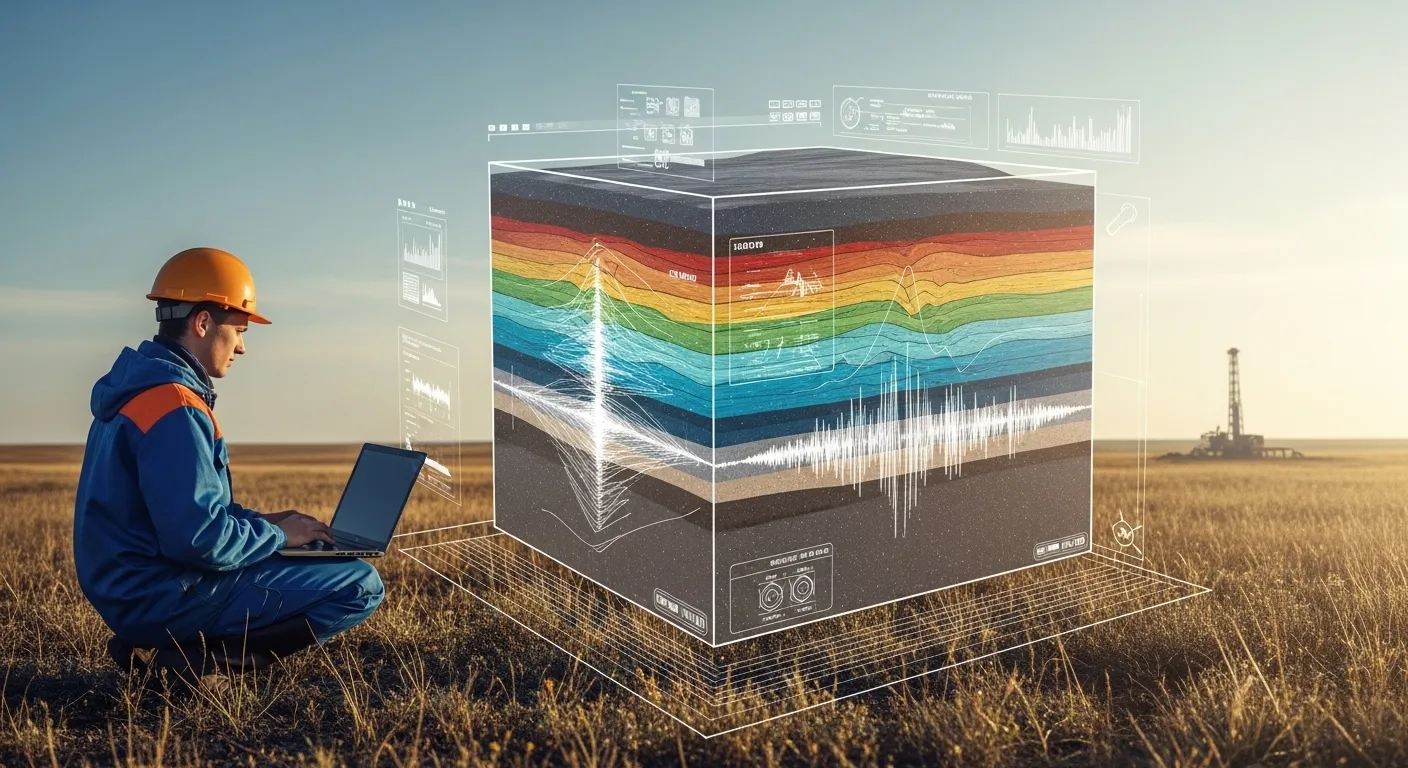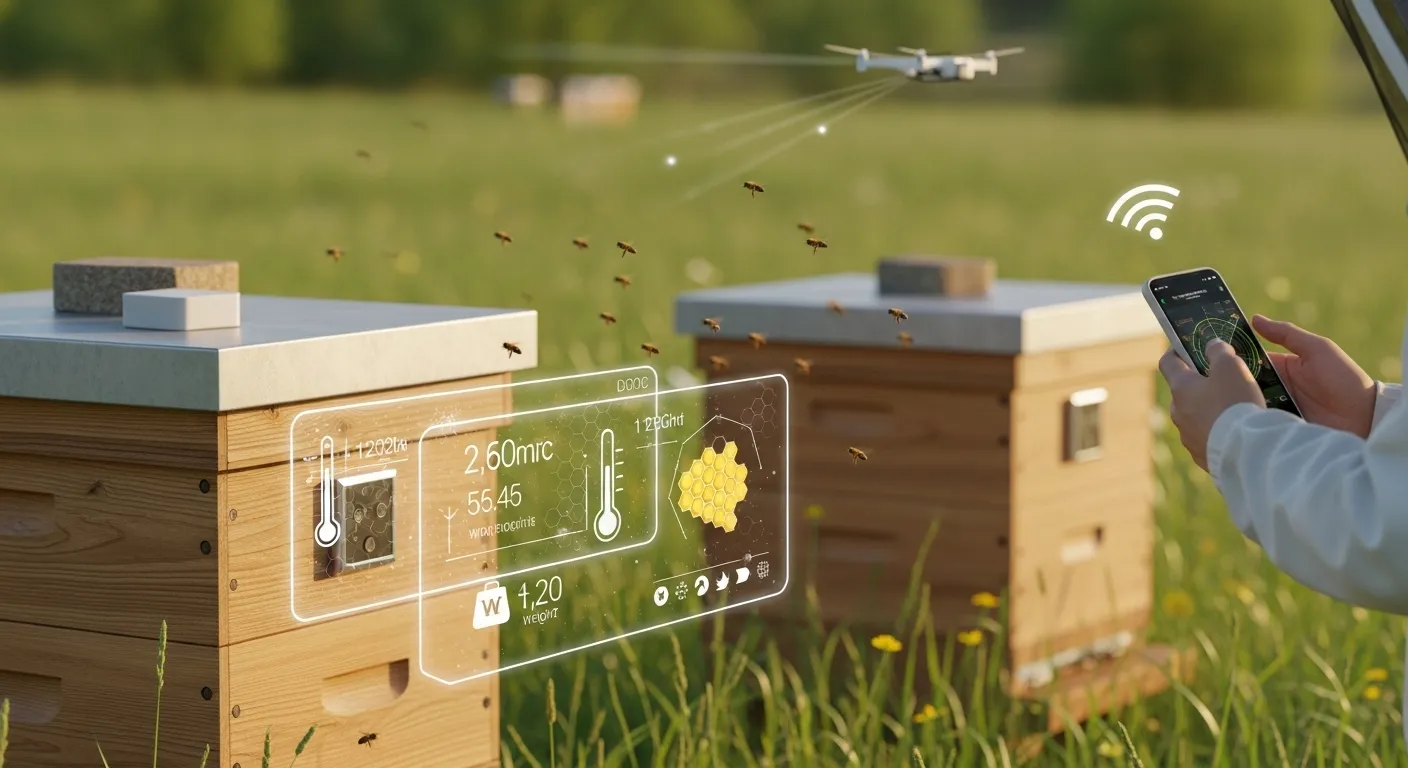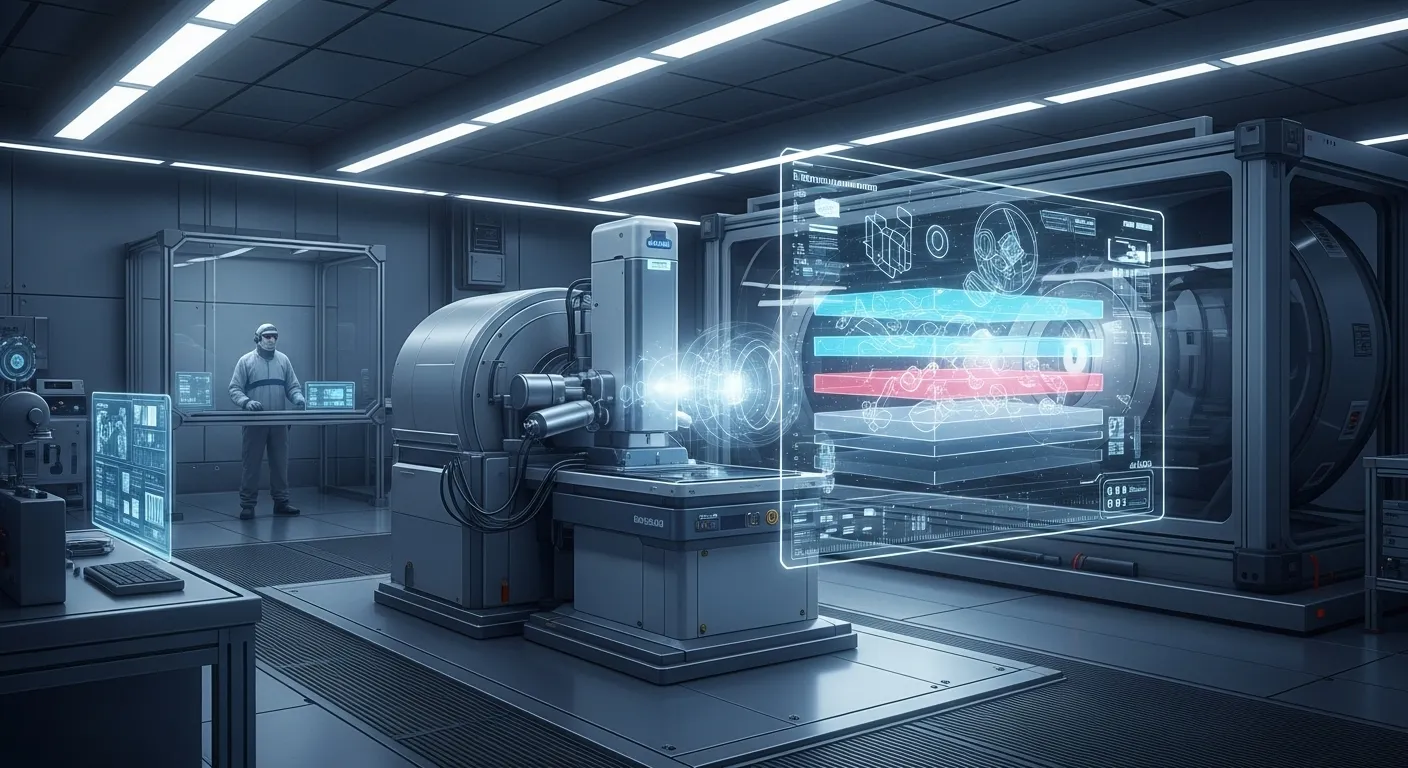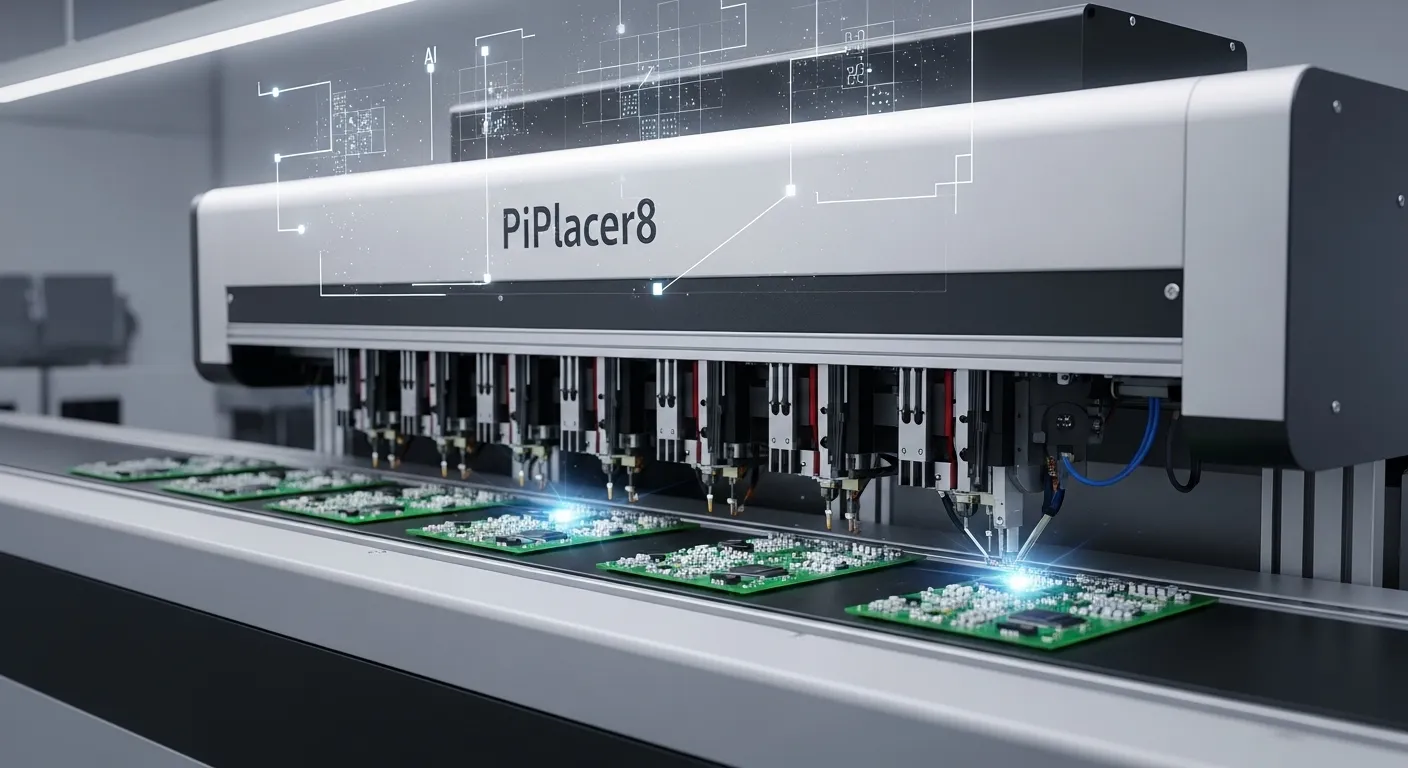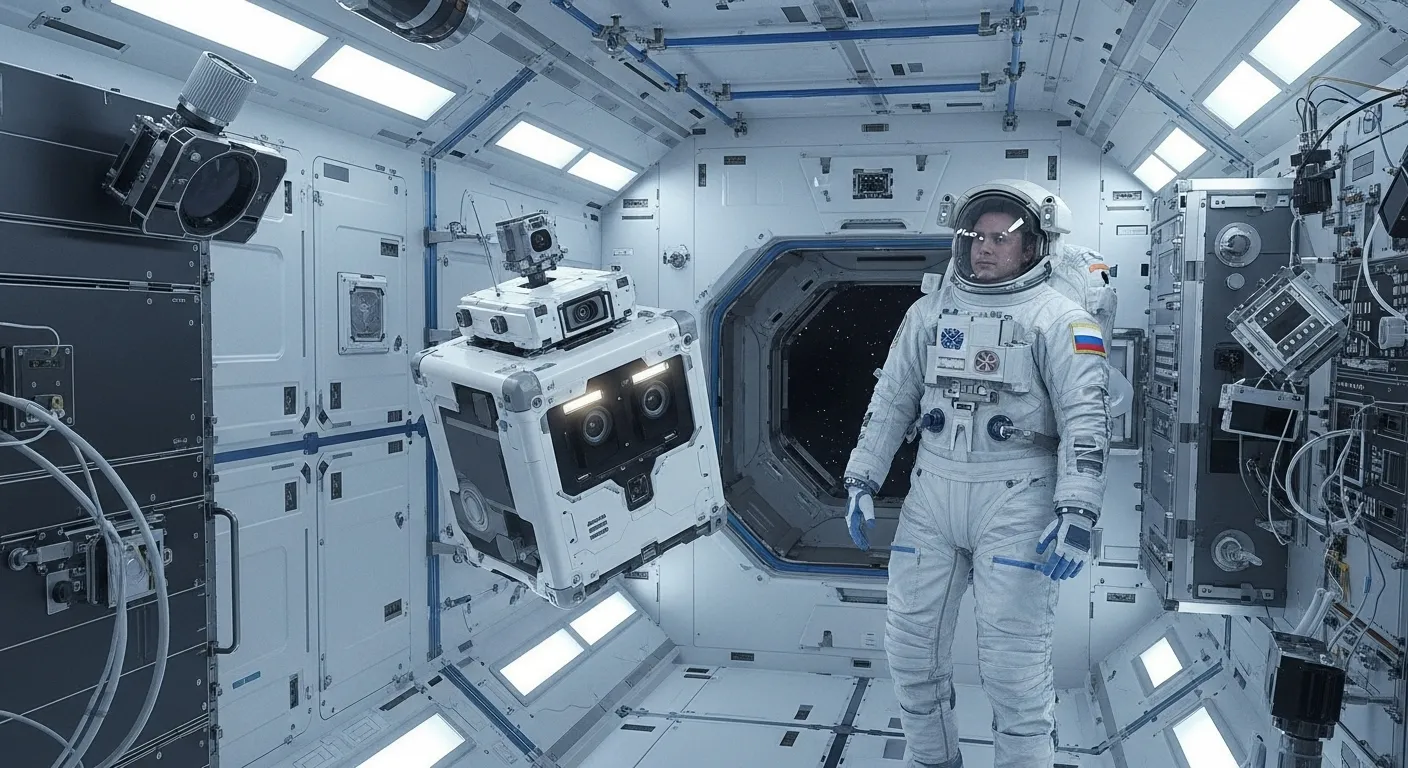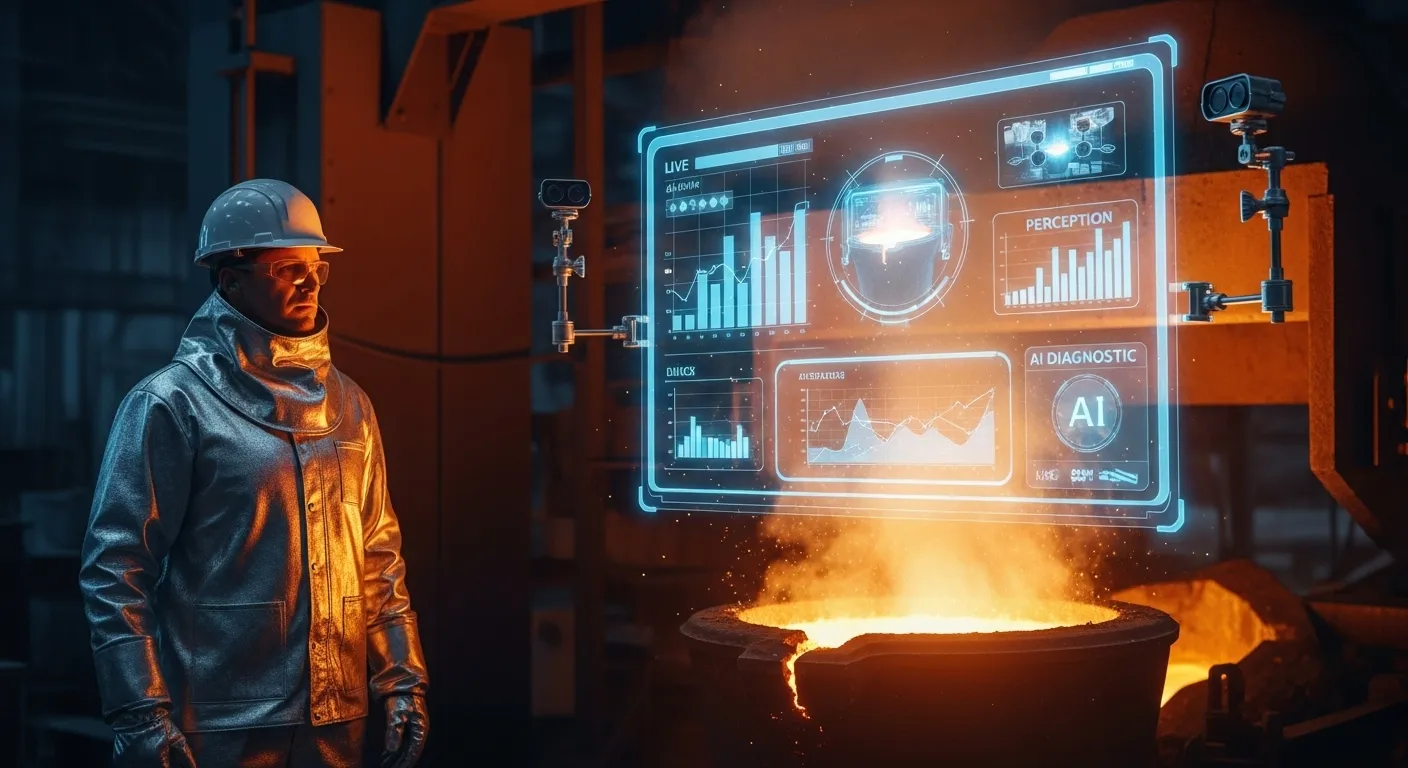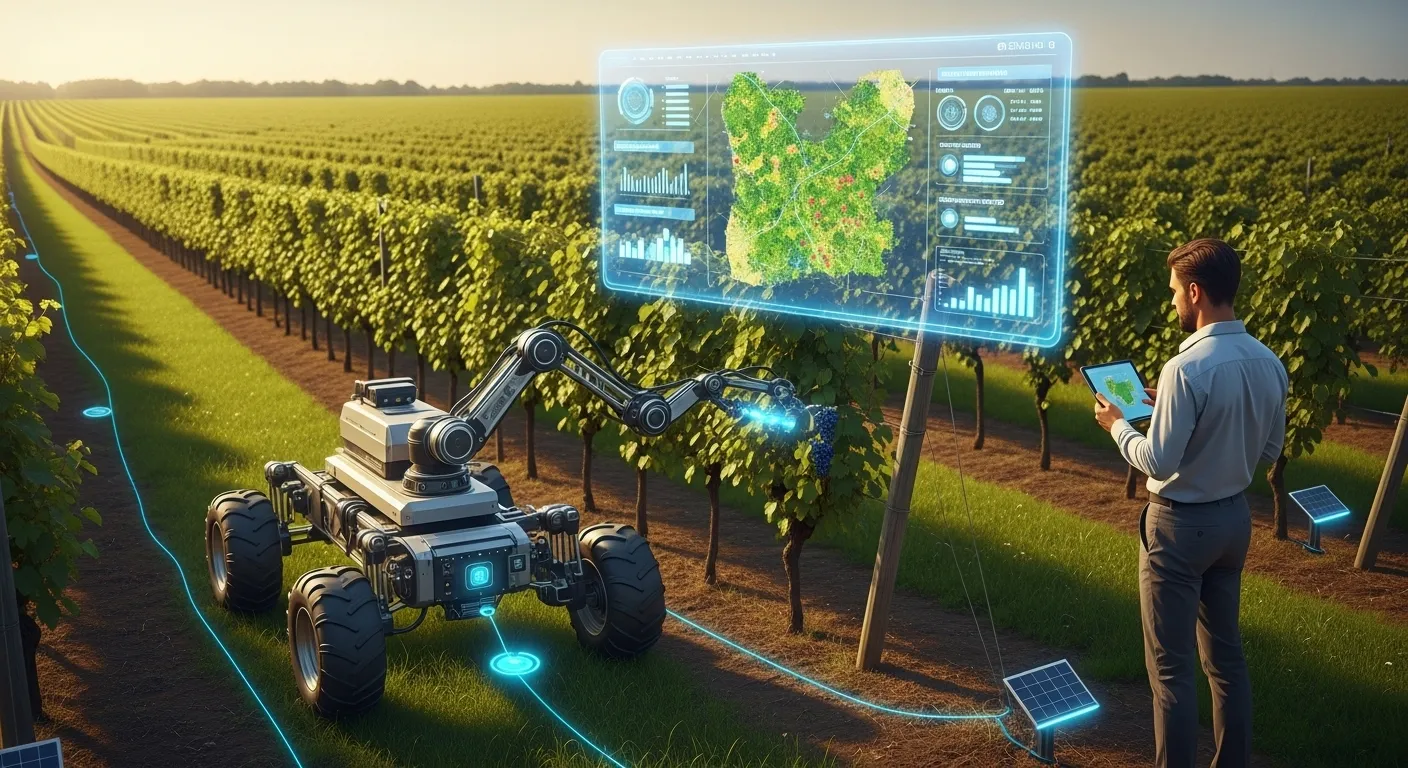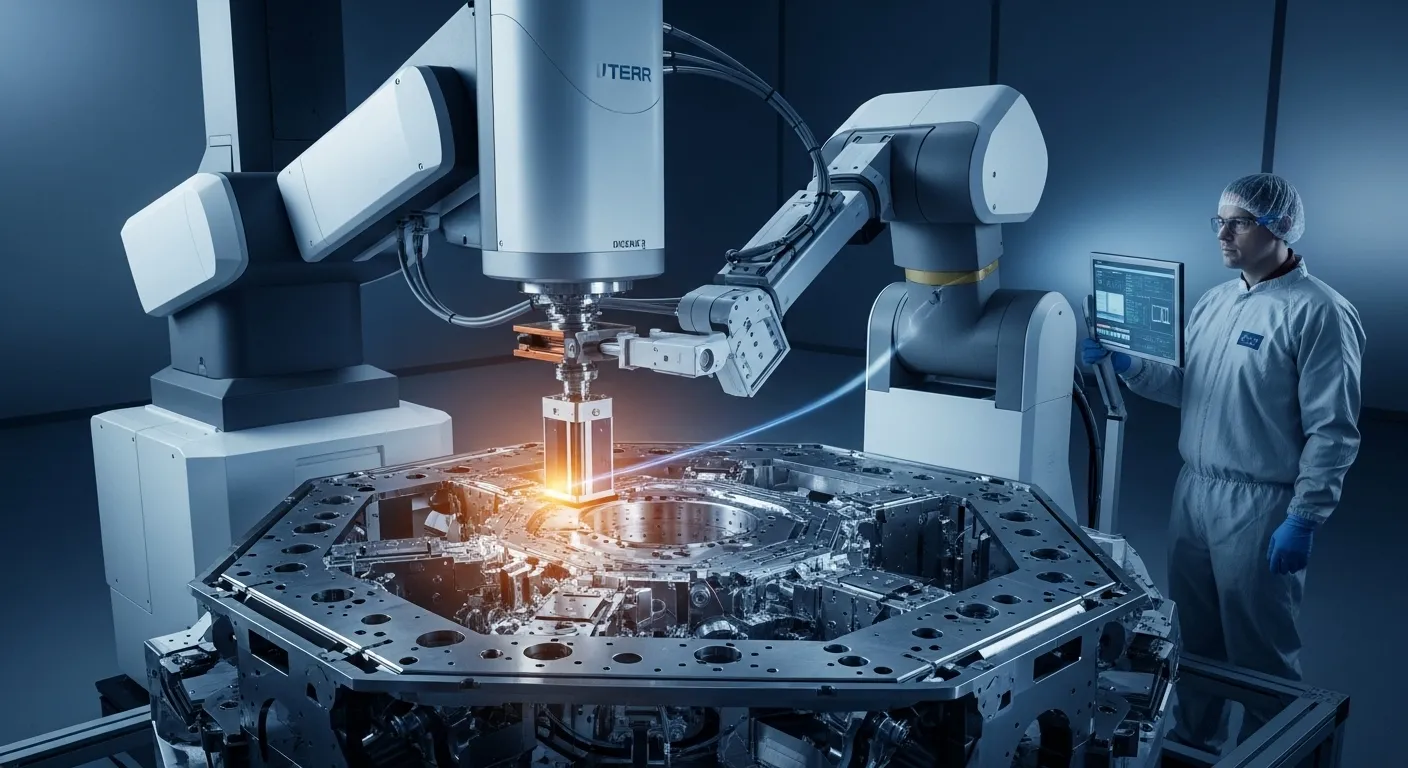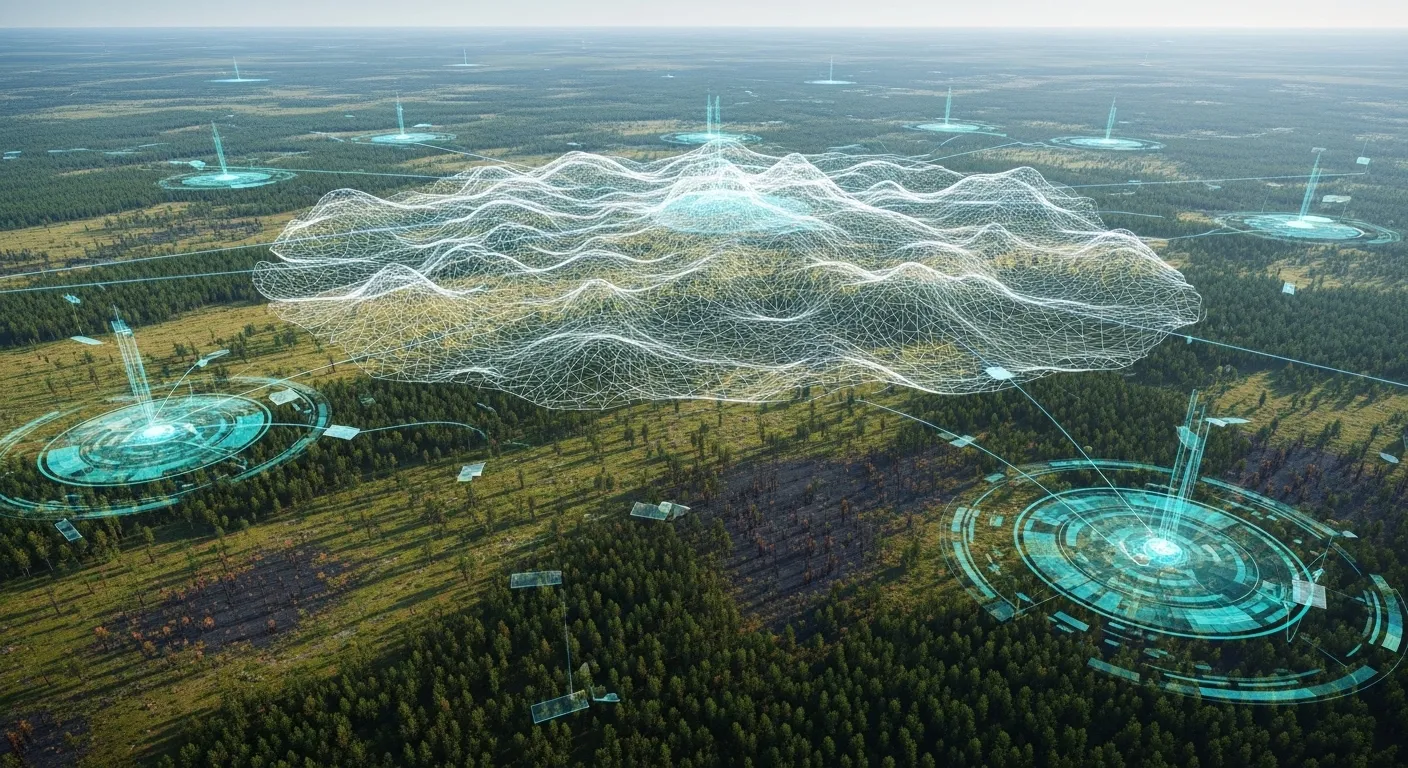Smart Seeder Enhances Planting Efficiency With AI-Based Distribution System
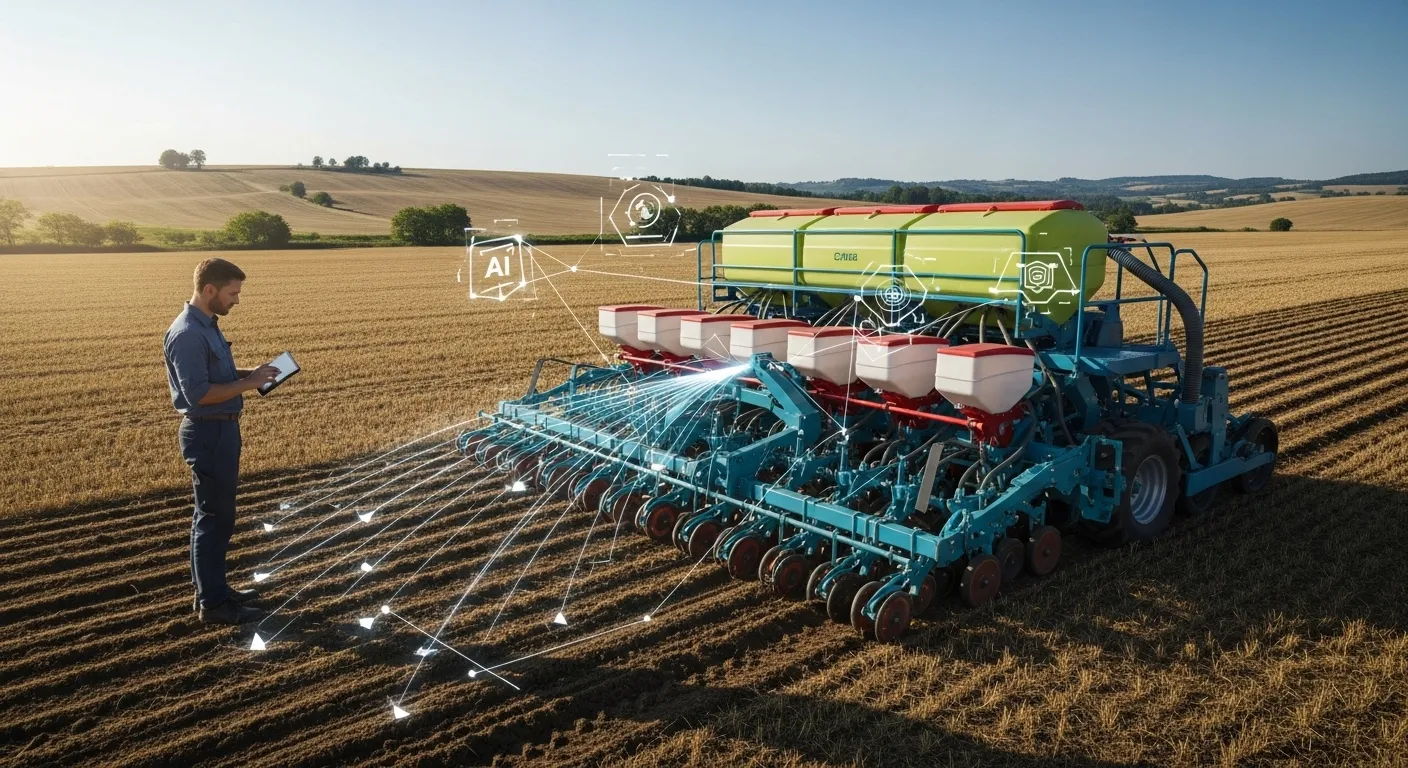
A Ph.D. student from St. Petersburg State Agrarian University has developed and patented an AI-powered distribution system for centralized pneumatic seeders, offering a major improvement in the quality and efficiency of planting operations.
Precision Sowing: A Critical Stage in Crop Production
Seed placement is one of the most vital stages in crop farming, directly impacting yields. However, inconsistent sowing remains a common challenge. Variability in field conditions makes the precision and calibration of seeding equipment critically important.
Automating seeding operations is emerging as the key solution. The use of automated control systems in seeders—especially those equipped with electric drives—is a core aspect of Russia’s growing focus on precision agriculture.
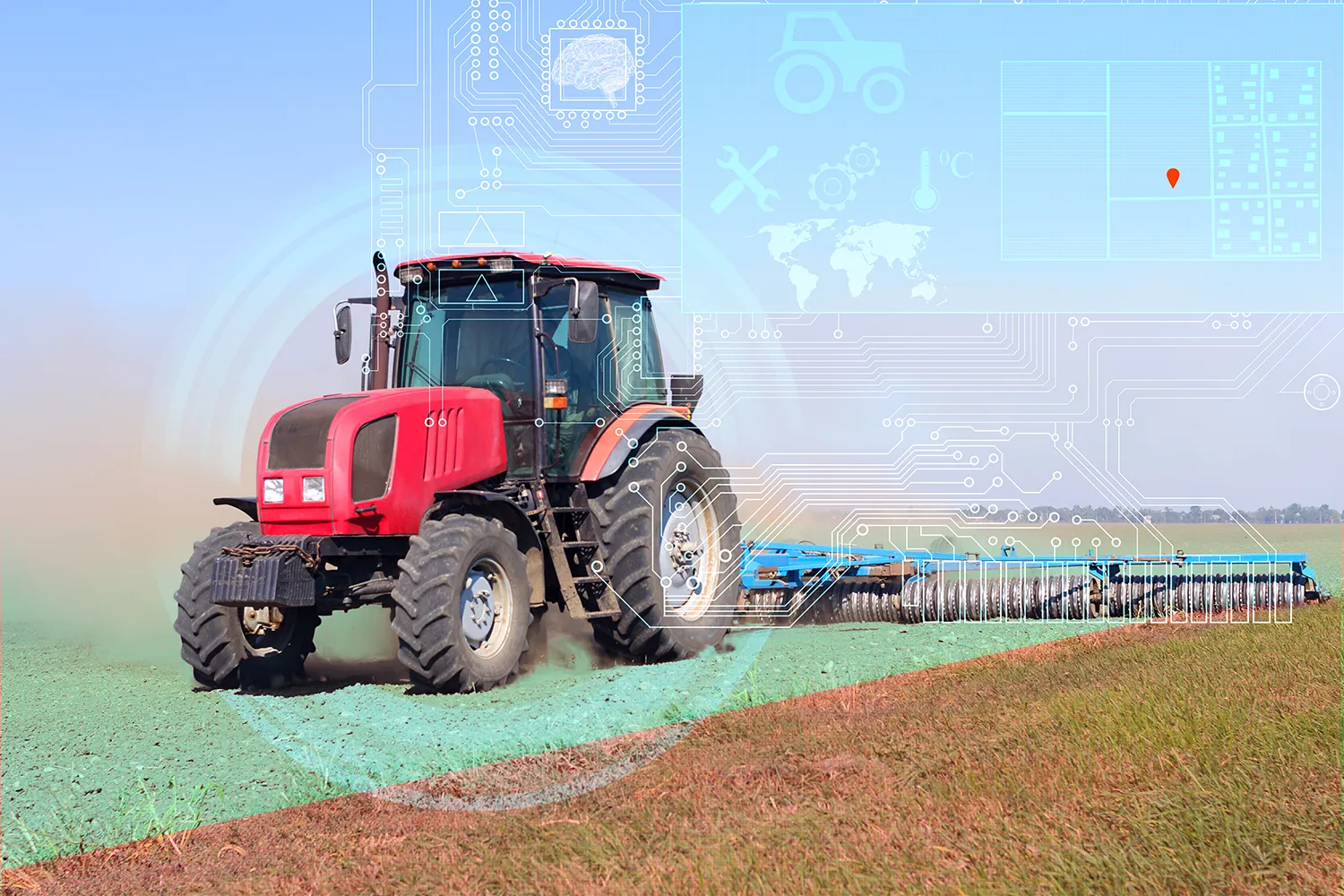
In June 2025, Maxim Alexandrov, a graduate student in the Department of Technical Systems in Agribusiness at the Institute of Engineering and Technology, St. Petersburg State Agrarian University, patented a solution designed to improve planting quality and performance through artificial intelligence.
AI-Powered Distribution for Uniform Seed Placement
The new pneumatic seeder, powered by AI, ensures even seed distribution across the full width of the machine and along its direction of movement. The system collects data using gyroscopic and capacitive sensors, as well as satellite navigation. A trained neural network then analyzes the data and regulates pneumatic nozzles and involute plates, compensating for terrain irregularities and other environmental factors.
This innovation allows for optimal spacing of seeds, minimizing intra-row competition for sunlight, water, and nutrients. By maximizing resource utilization, the system supports more productive growth and higher ear formation per plant.
The AI-controlled coulters adjust seeding depth to optimal levels, reducing the risks associated with shallow or deep placement. A centralized seed delivery system prevents overuse, reduces input costs, and increases germination efficiency. Use of automated monitoring reduces missed seed zones by a factor of 50.
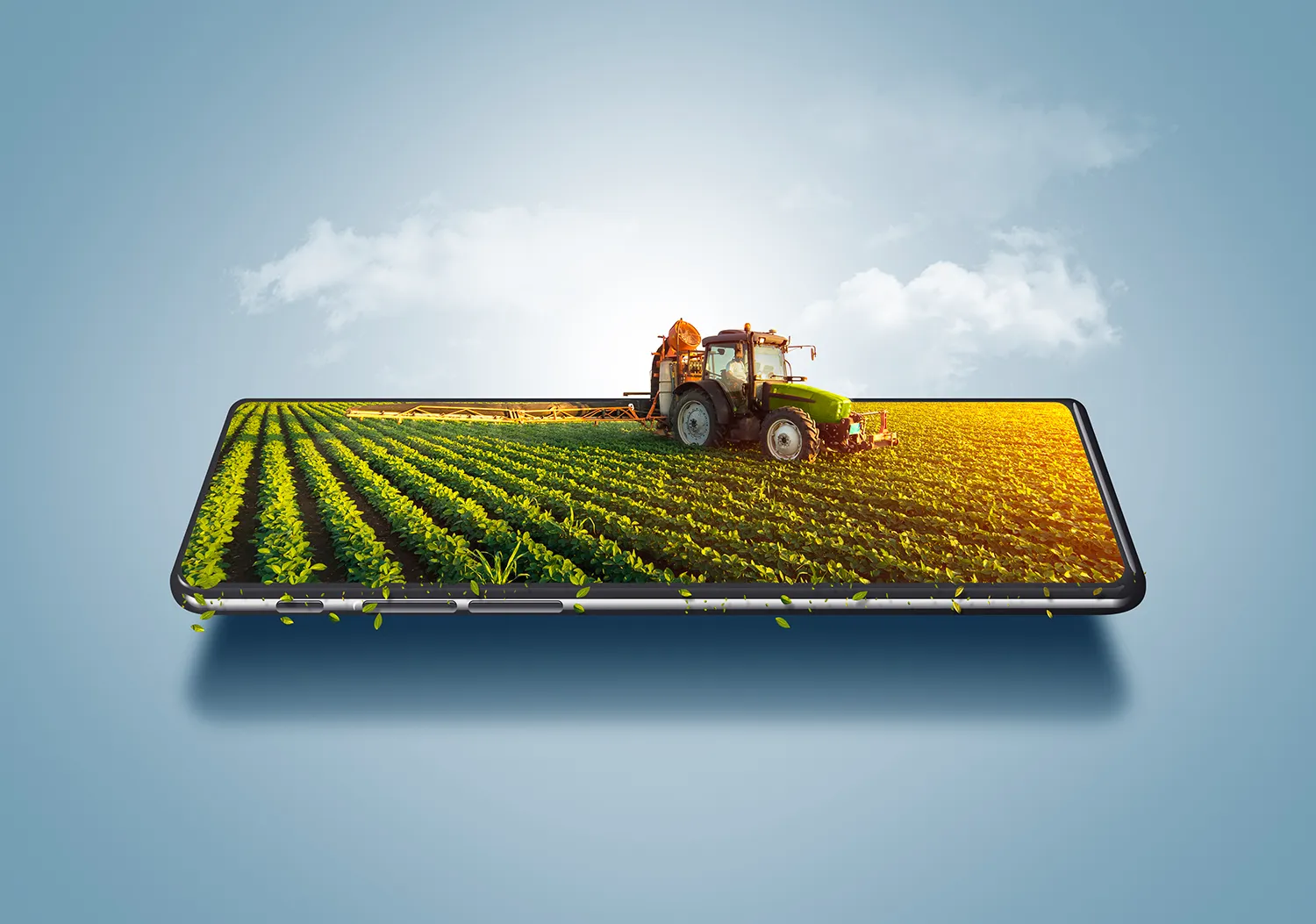
In addition, automated control significantly shortens setup time, boosting field productivity. Techno-economic calculations show that smart seeders can cut planting costs by up to 50%, resulting in better crop yields and improved business profitability.
Modernizing Russian Agriculture Through Smart Machinery
Efforts to develop smart seeders in Russia have been ongoing. Last year, Alexey Kochergin introduced an electronic system that optimizes seed feed for row crops like corn and sunflower. His project won the Student Startup competition, part of a federal initiative to boost university-based tech entrepreneurship.
The latest patent marks a key milestone, combining AI tools with established mechanical engineering practices. Russia is seeing growing competition in the development of intelligent agricultural machinery, enhancing its capacity for technological self-sufficiency in the ag sector.
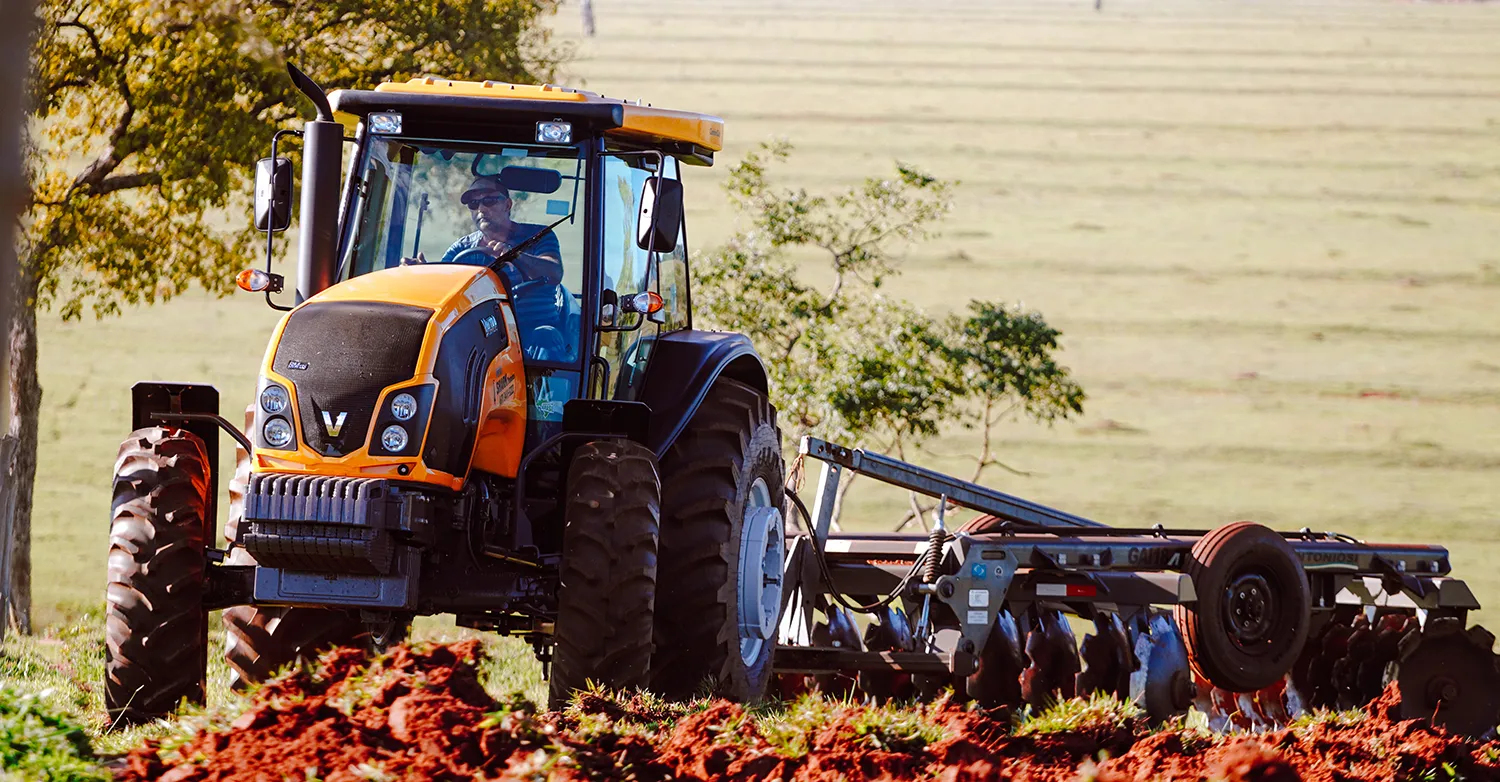
Scalability and International Demand
These new technologies are expected to become optional features for Russian pneumatic seeders, reinforcing the country’s agricultural machinery market. In the future, they can be integrated with other AI modules for automated fertilization and weed control, contributing to a broader precision agriculture ecosystem.
Prototypes are already being field-tested, with mass production slated for 2027. These smart seeders have strong export potential, particularly in the CIS and Global South, where boosting grain yields remains a strategic priority.


